 In the struggling economy over the last few years, we here at Russell Watergardens have seen a rise in questions regarding what to feed koi besides fish food. In an attempt to stretch the hard-earned dollar in ever tightening budgets, people have been asking what else they can feed their koi besides fish food.
In the struggling economy over the last few years, we here at Russell Watergardens have seen a rise in questions regarding what to feed koi besides fish food. In an attempt to stretch the hard-earned dollar in ever tightening budgets, people have been asking what else they can feed their koi besides fish food.
For many people, koi and goldfish can become ‘family’ members in a similar way that dogs, cats, birds, or other animals or creatures that people keep as pets. Caring for your pets and what they eat can be a challenge when money ‘gets tight’. The first thing to do when thinking about what things to cut from your household budget is to figure out what is ‘needed’ as compared to what is ‘not-needed’. You yourself have a ‘need’ to eat, your children and pets also have a ‘need’ to eat. So how can you reduce your grocery budget? Can you eliminate your grocery bill? No, but there are things you can do to reduce your grocery expenditures without eliminating it.
The first thing when cutting a grocery budget is to eliminate all items that are ‘not-needed’ in order to save money for items that really are ‘needed’. Buying fresh meat and produce is a higher priority than boxes of sugar-filled cereals. Buying fresh meats, fruits and vegetables are a ‘need’ while buying boxes of doughnuts are ‘not-needed’. The healthier food you eat, the better you will feel and the healthier you become. Eating healthy doesn’t have to cost a lot. Healthy foods create healthy bodies. A healthy body has a stronger immune system that fights sickness and disease. Unhealthy food creates unhealthy bodies, and unhealthy bodies have lower immune systems. Healthy bodies are less expensive to maintain than treating the sickness and disease in unhealthy bodies. Food is the starting point of your health, energy and growth. This holds true for all types of pet foods as well. So how can you reduce your fish food budget without eliminating it?
When shopping for you and your family at the grocery store now-adays, label-reading is required for you to know what you are actually buying. Read the ingredients. What is in the product that you’re buying? Is it healthy or unhealthy? If it is a healthy food, how will your body respond? If it is an unhealthy food, how will your body respond? Typically, highly processed foods have little to no nutritional value, have excessive sugar, and other ‘fillers’ your body doesn’t need. The same with many fish foods on the market. Terrible diets cause adverse health effects. This holds true for all types of pets and humans as well. Healthy diet, healthy pet. Unhealthy diet, unhealthy pet. The same with humans.
This holds true for all types of pet foods and fish foods too. The healthier the food, the healthier the pet and/or fish. Back before fish foods were made available for purchase, what did koi fish and gold fish eat? What can you feed your fish besides fish food?
Koi and goldfish naturally eat bugs, worms, and even algae inside your pond. Fish do not ever eat corn in the wild as their digestive systems simply cannot process the corn. The corn in inexpensive fish foods goes straight through the fish and drastically increases how much they poop. More poop means a larger food source for algae in your pond. Excessive algae in your pond is unattractive and can lower dissolved oxygen levels in your pond. You can save money right from the start by reading the ingredients and only buying healthy fish food. If the fish food you’re looking at has corn in it, don’t buy it. Cheap fish food is a waste of money, so don’t buy it because it is unhealthy for your fish and your pond in general. Purchase a fish food such as Aisuru Koi with premium ingredients like fish meal, krill, spirulina, and wheat germ. Never purchase fish food that contains corn.
Depending on the total number of fish you have in your pond, you can just leave your koi and goldfish alone and they will find things to eat in your pond. If you have a lot of fish in your pond and you never feed them, the weaker fish will not survive. The stronger fish will survive as long as there is a food source. When the food source runs out, the fish can starve. So how do you cut back on your fish food budget without starving all your fish?
You can help your fish by finding bugs in your landscape and then toss them into your pond. Dig up some earthworms and toss them into your pond as well. Just like feeding koi and goldfish with any types of purchased food, you only want to feed them what they can eat in about five minutes. You don’t want any uneaten fish food, bugs, or worms left in your pond. Any uneaten bug, worm, or fish food will become a food source for algae and a burden on your mechanical and biological filtration system.
What we have found to work the best is to feed your koi and goldfish a high quality, all natural fish food that is kept in a resealable air-tight container such as Aisuru Koi. Instead of buying an inexpensive koi food or goldfish food in an un-resealable plastic bag that is filled with corn and other fillers, we recommend keeping a resealable bucket of Aisuru Koi food, or a resealable jar of Aisuru Goldfish food on hand. Cut down on the amount of fish food you feed your fish, but don’t eliminate it completely. Offset the fish food with bugs, worms, pieces of hardboiled egg, lettuce, spinach, zucchini, squash, cucumber, and even seasonal fruit. This will stretch your fish food budget without causing harm to your fish or your pond. If you have some fruit or produce that is going ‘soft’ and no longer tasty for humans, don’t through it away, cut it up into small pieces and feed it to your fish. Your fish won’t care if the lettuce is a little brown, or the melon is too soft.
Inexpensive fish food contains corn and other fillers that do nothing for the health of your koi or goldfish. Those cheaper foods make your fish poop a lot more, and that excessive fish poop can overload the biological and mechanical filtration system of your pond. Excessive fish poop will increase algae growth in your pond and create unhealthy conditions for your beloved fish. An overloaded biological filter then creates unhealthful conditions for your koi and goldfish that can lead to ulcers, fin and mouth rot.
In supplementing fish food, we have found that koi love to eat slices of seedless watermelon. The watermelon slice will float and the koi will push it all around your pond while taking bites from the melon. It is actually fun to watch! Koi and gold fish also love to eat earthworms. Large koi will eat a worm whole, while smaller koi and goldfish will require you to cut the worm into smaller pieces.
Ideally, a koi or goldfish should have a well-rounded diet such as found in Aisuru Koi and Aisuru Goldfish foods. Try to avoid fish foods that feature fillers such as corn as fish do not eat corn naturally. Like a healthy diet for humans, dogs, and cats – you want to feed your fish a balanced diet of healthy protein, fat, and healthy carbohydrates.
To stretch your fish food budget, try to avoid buying cheap fish foods that have unnecessary corn and other fillers that your fish can’t process. Fillers like corn in fish food only creates more fish poop, so why feed it to them? To save even more money, you don’t have to feed your koi or goldfish during the winter months, or anytime the pond water is below 50 degrees. It is important to not feed your fish anything when the water dips below 50 degrees because the cold water slows and stops their metabolism. They might eat the food your give them, but when the water temperature is below 50 degrees, their bodies won't digest the food. Uneaten food in a fishes digestive tract will causes unhealthy conditions, and possible death of your fish. So NEVER feed your fish when the water temperature is below 50 degrees!
We know that people need to stretch their grocery budget as far as possible, and that includes feeding your koi or goldfish. It is important for the health of your aquatic pet family members to eat a healthy diet to remain healthy. Each of our Aisuru Koi and Aisuru Goldfish foods have only the highest quality ingredients including premium fish meal, Antarctic krill, spirulina, and are enhanced with probiotics, vitamins A, C, D, and E. Each of our Aisuru Koi and Aisuru Goldfish foods come in resealable containers that will keep the food fresher longer than foods in plastic bags. So when cutting back on expenses, instead of buying inexpensive fish food that contains corn or other fillers that your fish don’t need that is just a waste of your hard earned money, we recommend feeding healthy Aisuru Koi and Aisuru Goldfish foods as the base diet, then supplement the diet with bugs, worms, and seasonal fruit and produce.

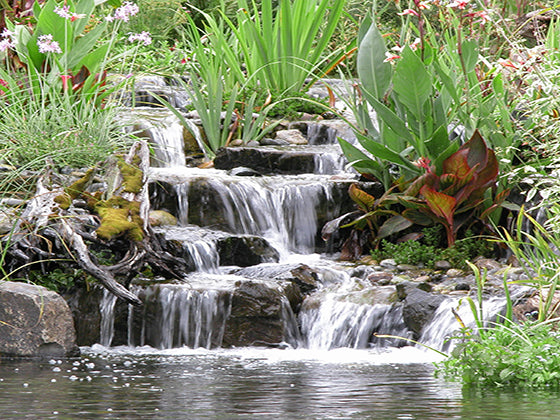
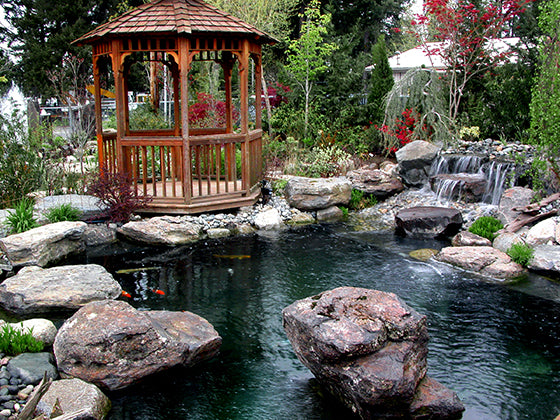
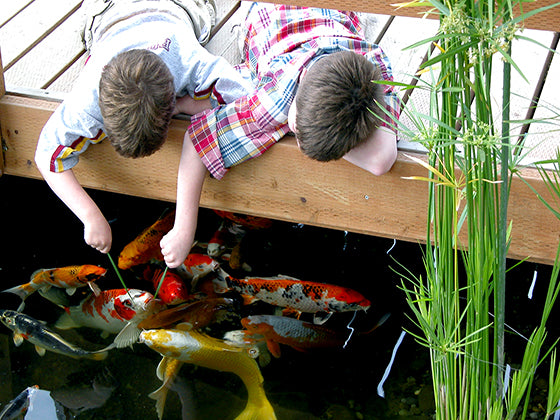
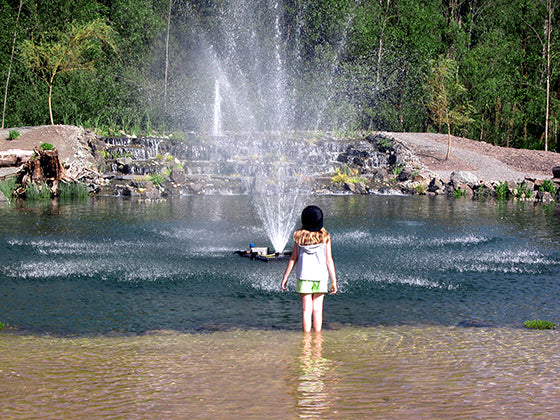
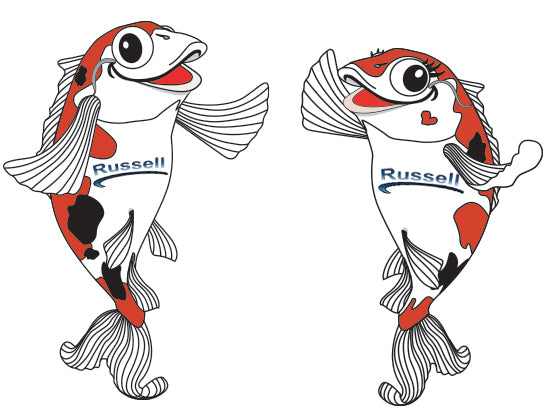
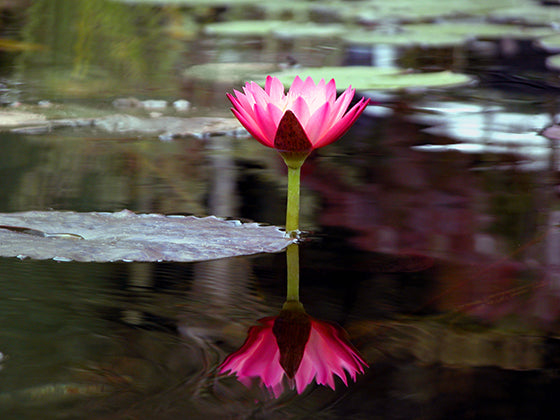
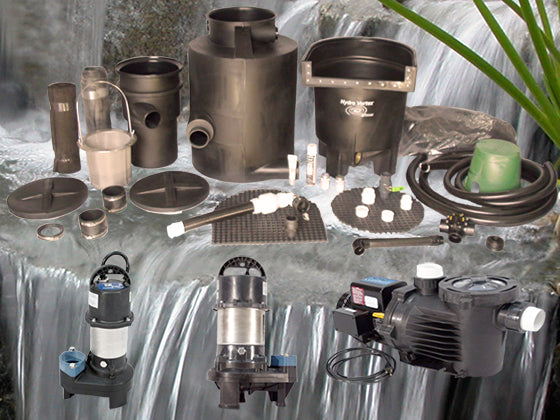
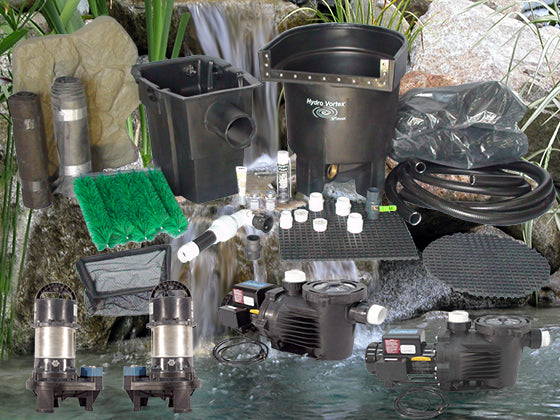
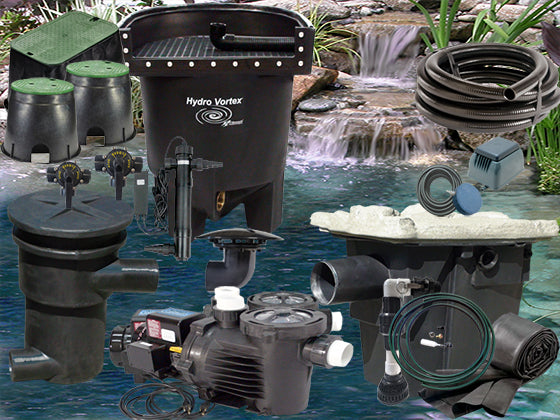
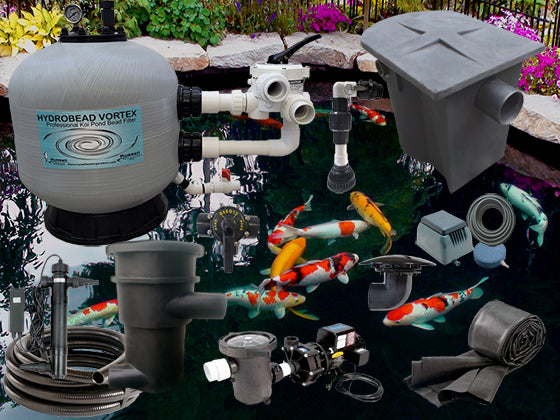
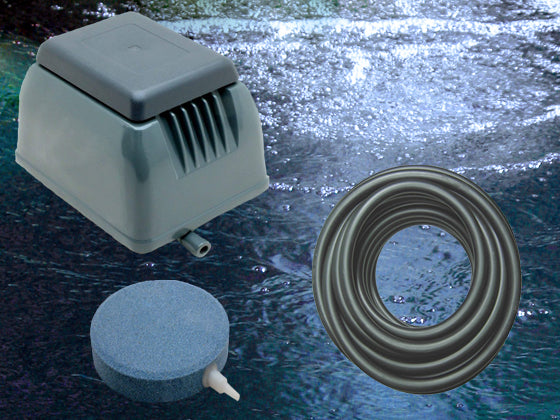
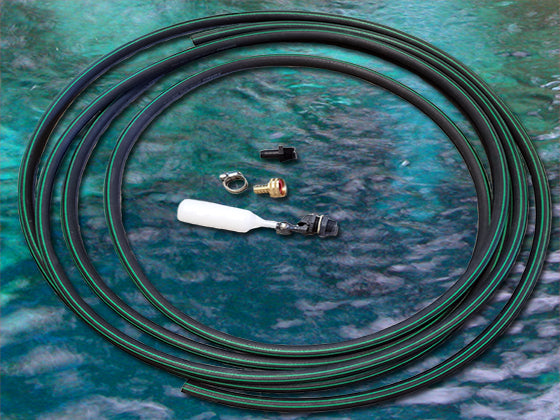
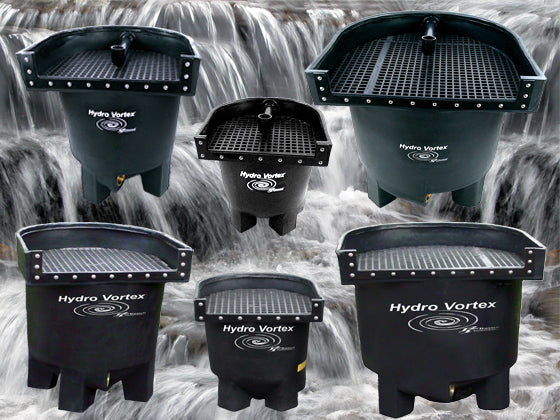
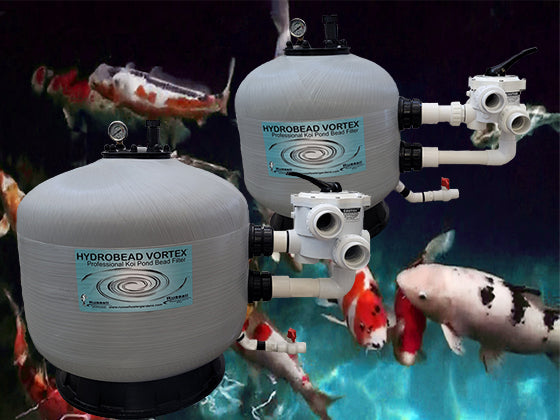
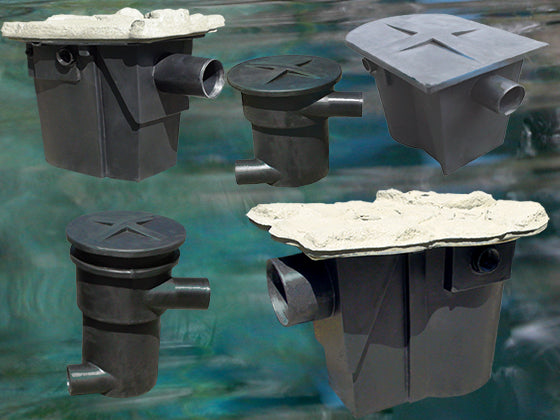
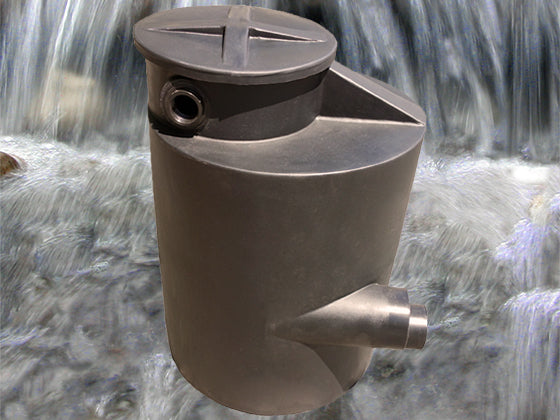
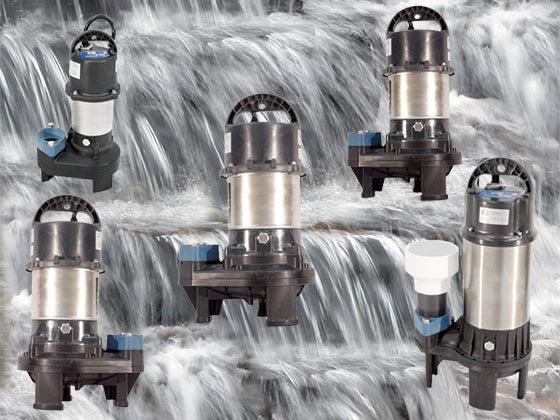
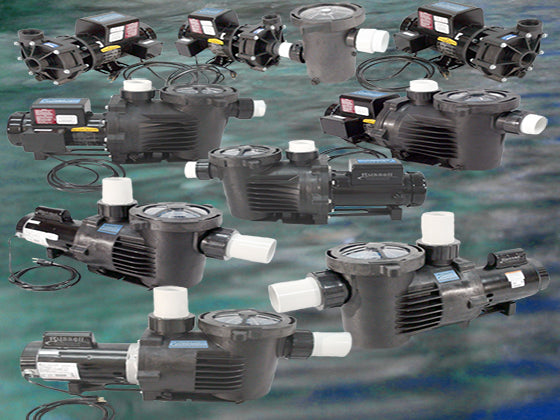
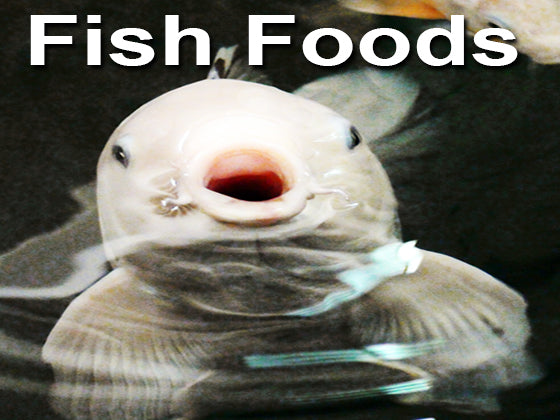
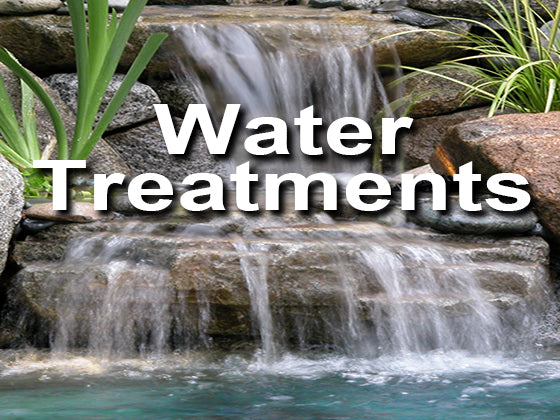
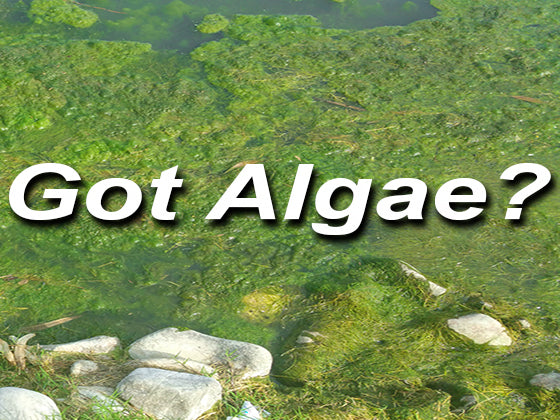
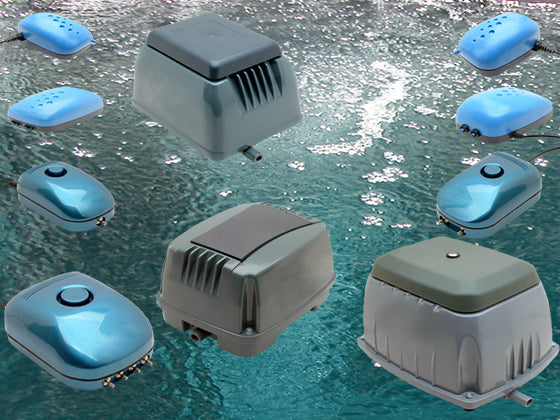
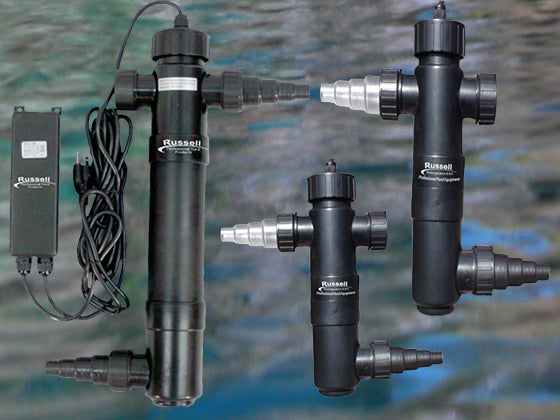
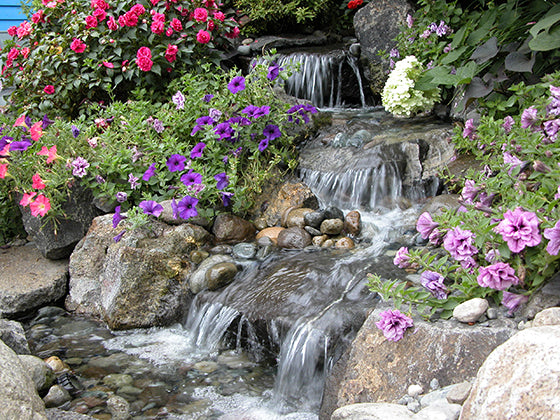
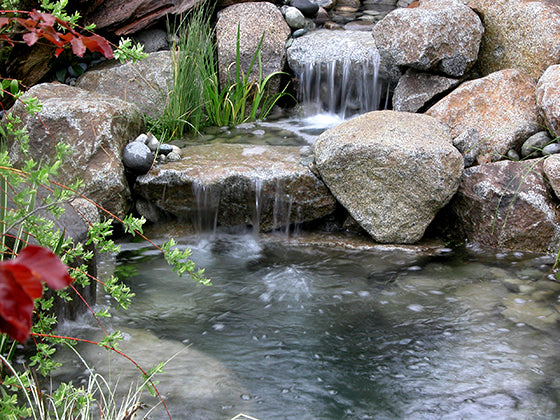
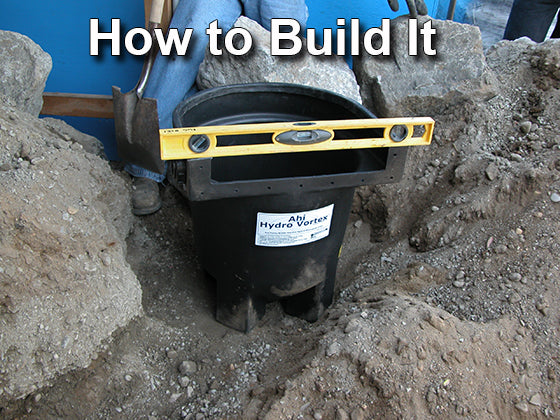
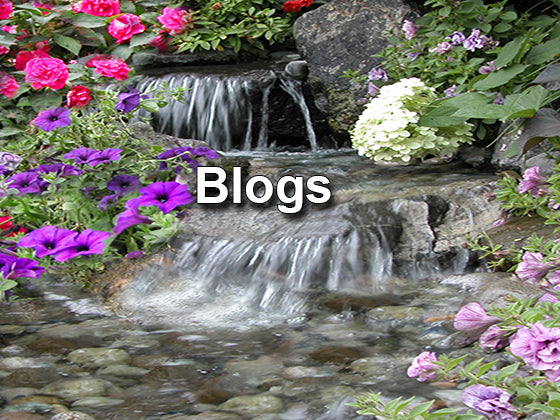
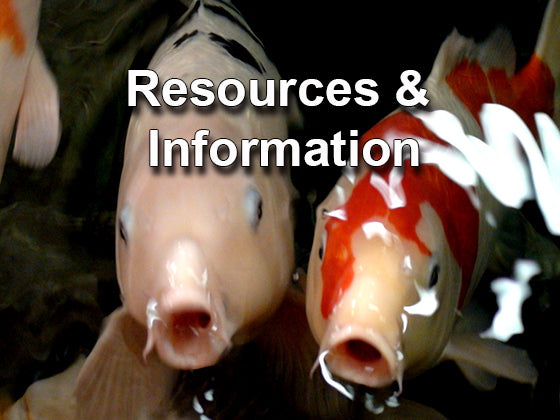
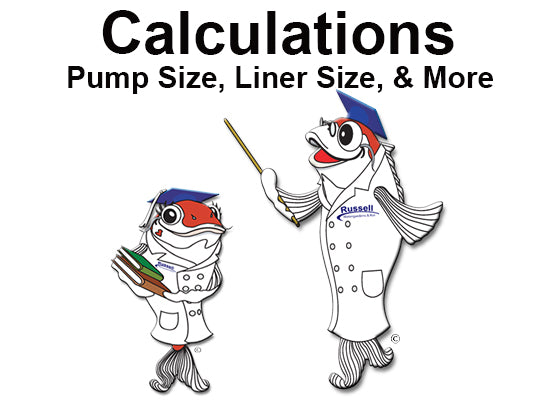
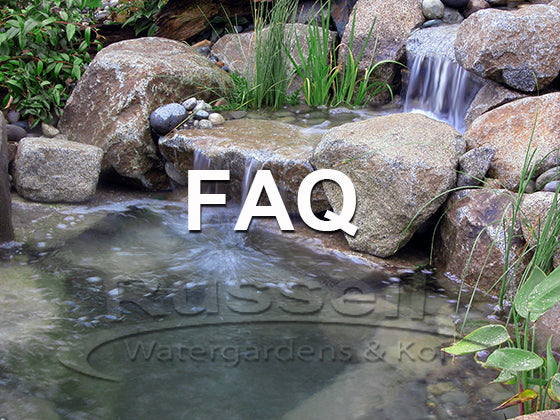
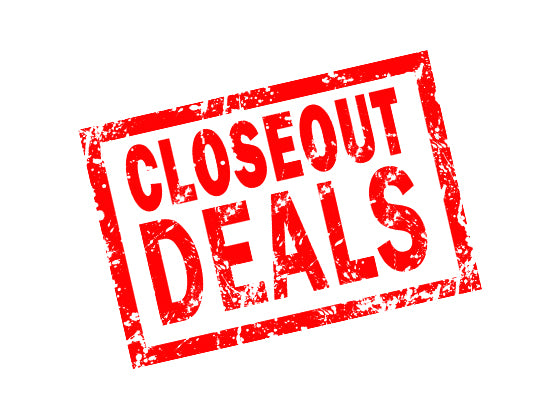
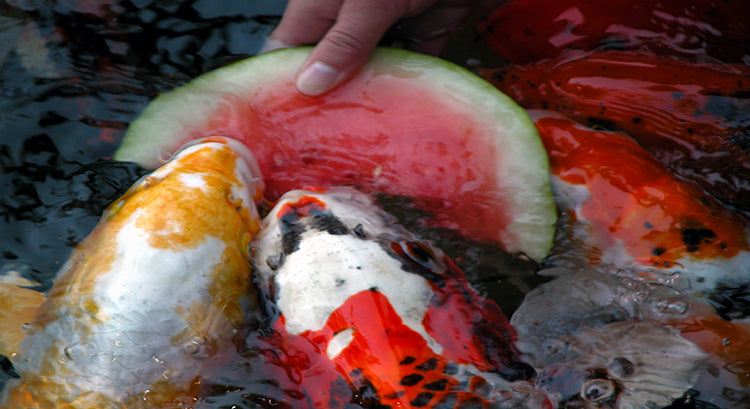
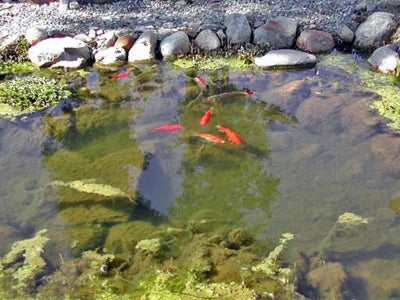
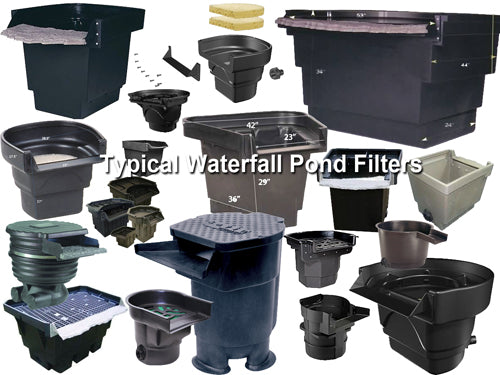
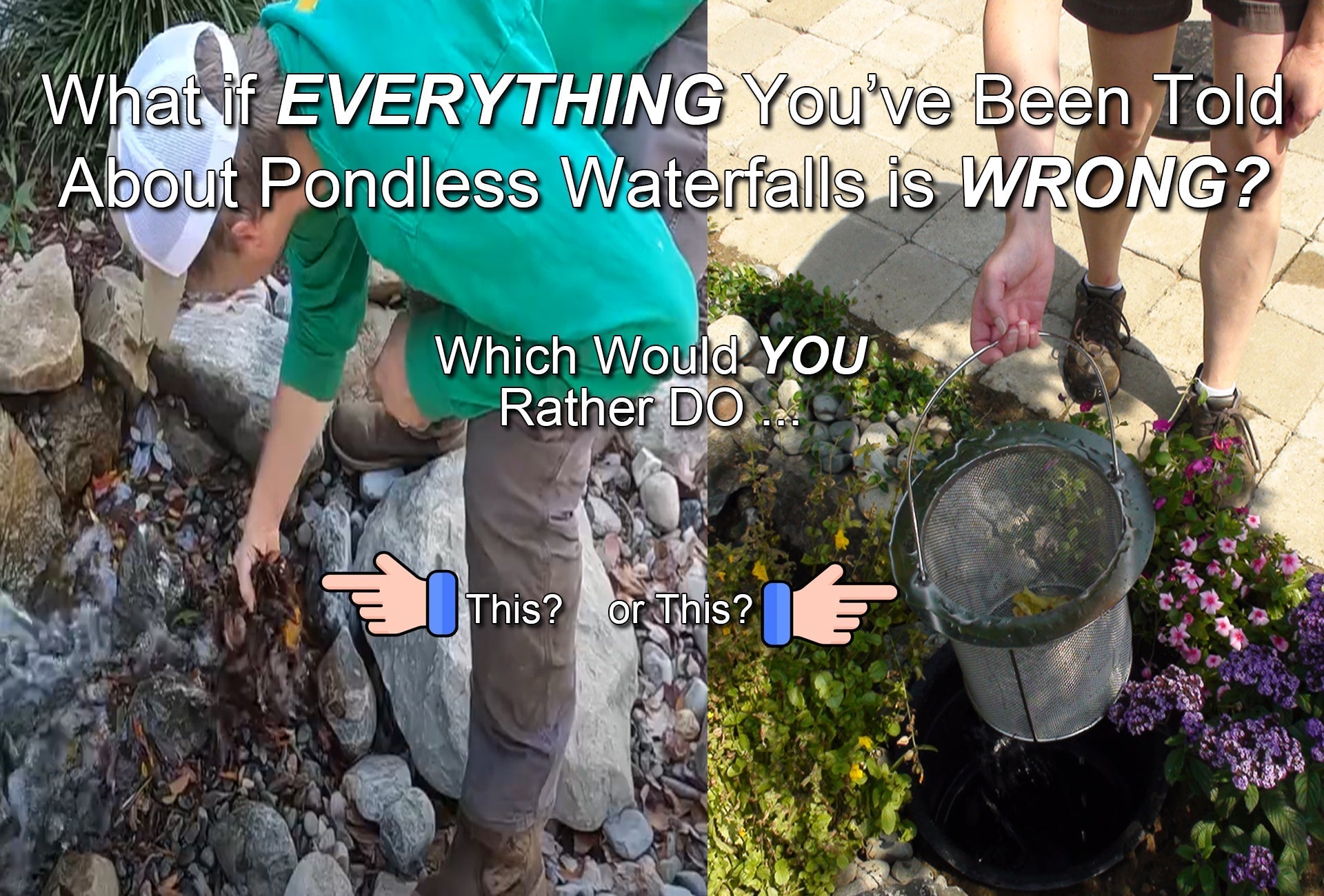
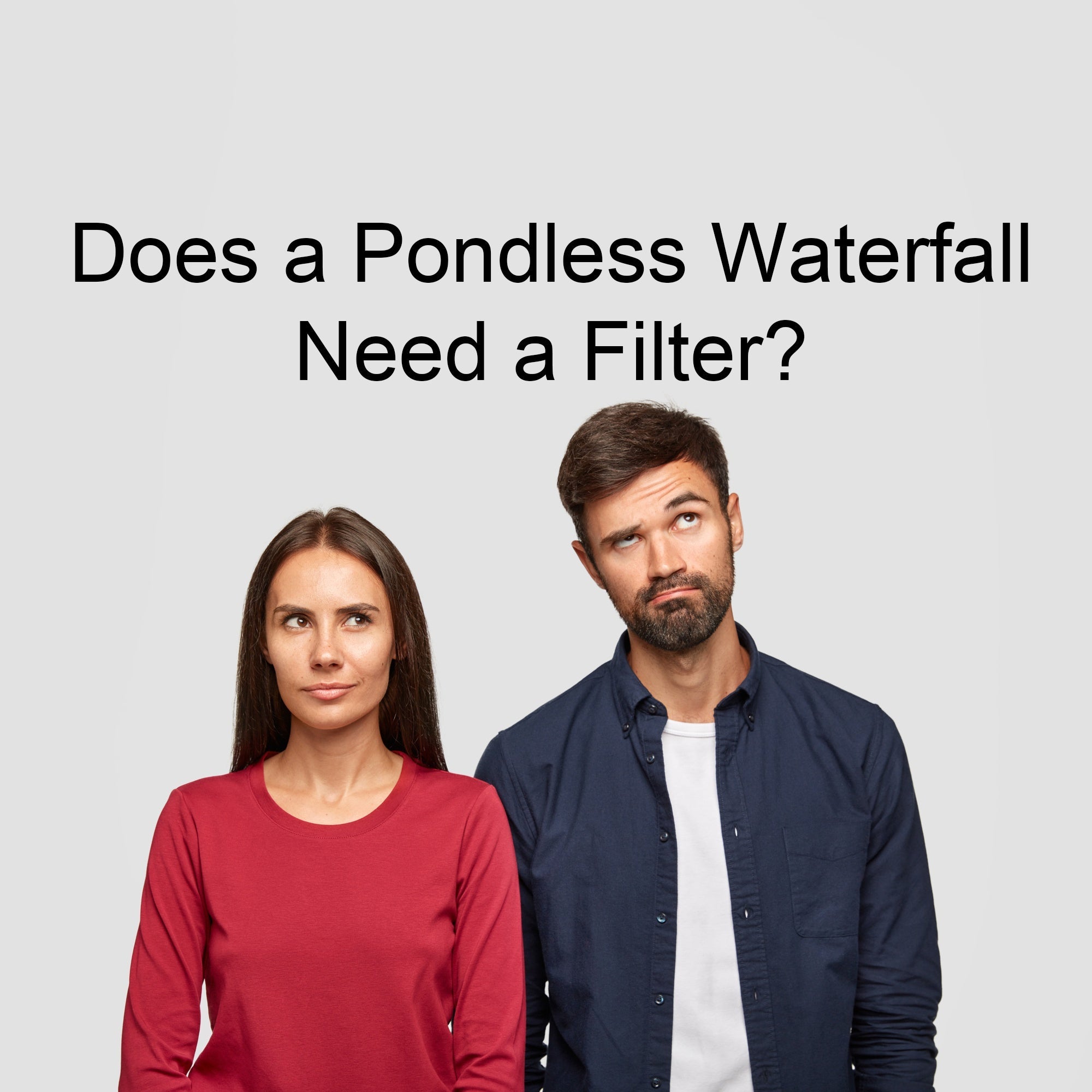
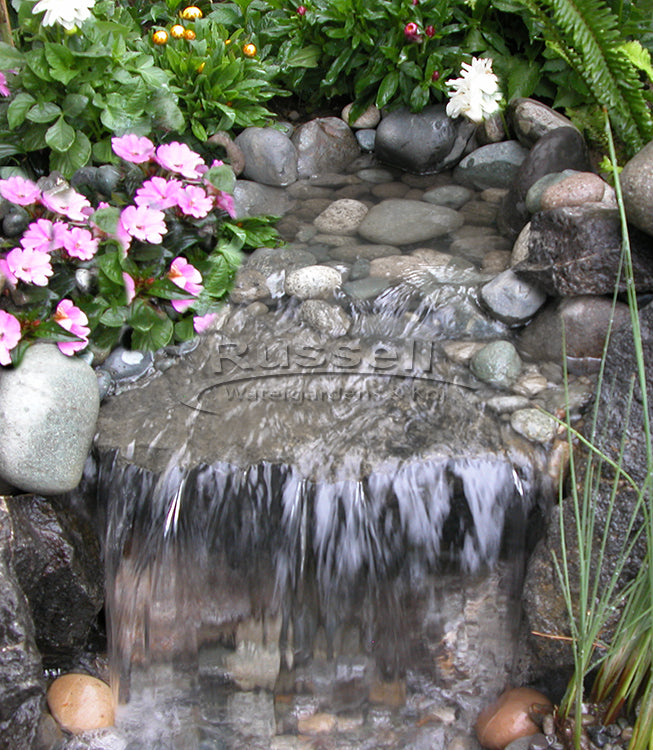
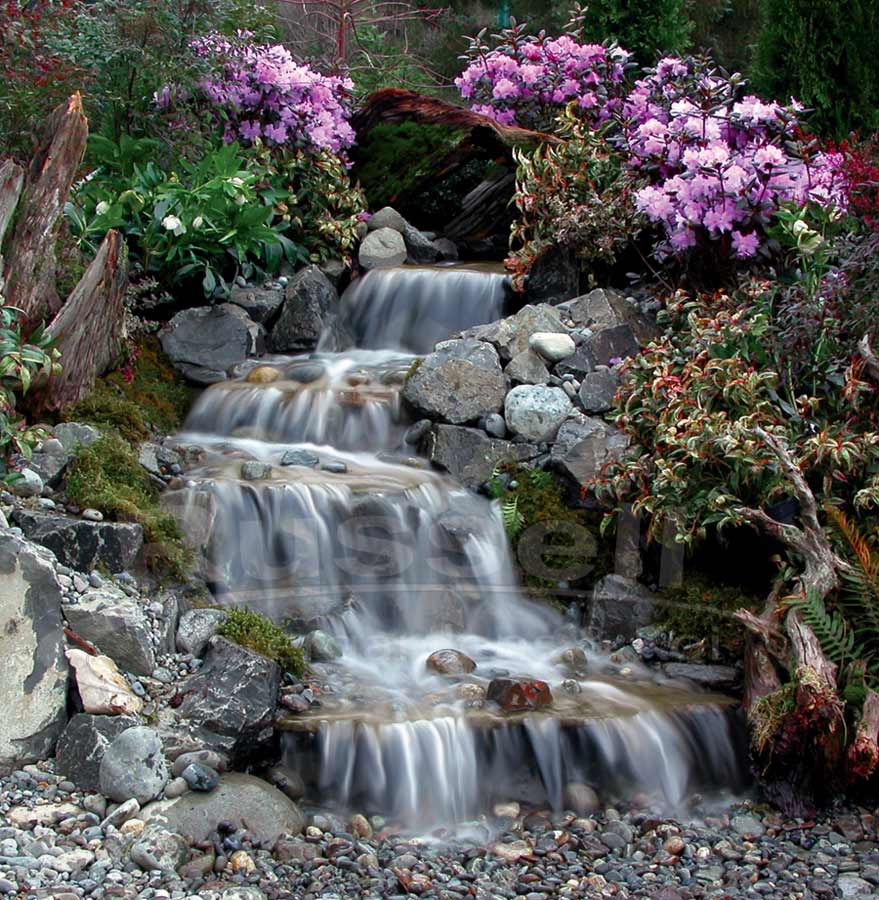
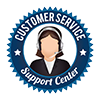

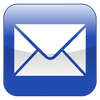
3 comments
Lisa
Thisa artical was so helpful, ive had ponds off and on since 2000 and i never knew about the veggies and fruit for koi. I have a 50×50 pond and 40 koi and gold fish with a bog and 4 snorkels and 4 centipedes and first time ever clear water always and 23000.00 later its worth every penny. I want my fish to thrive! We rebuilt this pond this last summer with the help of my son who was an Army Engineer a disabled vet. Ive never had clear water until now with all the snorkel intakes and 3 spa like water flow valves to circulate water towards the main intake area which im having a 16×14 dock with an access door above the intake snorkel tubes put in for maintenence when needed on the pumps (if needed) i have pics of all this if interested.
Thanks Lisa age 58 (retired)
Love my fish swim with them too!
Thisa artical was so helpful, ive had ponds off and on since 2000 and i never knew about the veggies and fruit for koi. I have a 50×50 pond and 40 koi and gold fish with a bog and 4 snorkels and 4 centipedes and first time ever clear water always and 23000.00 later its worth every penny. I want my fish to thrive! We rebuilt this pond this last summer with the help of my son who was an Army Engineer a disabled vet. Ive never had clear water until now with all the snorkel intakes and 3 spa like water flow valves to circulate water towards the main intake area which im having a 16×14 dock with an access door above the intake snorkel tubes put in for maintenence when needed on the pumps (if needed) i have pics of all this if interested.
Thanks Lisa age 58 (retired)
Love my fish swim with them too!
Pamela Russell
Thanks, Mark! We’re glad you found it helpful. We’d love to hear more about your pond and fish as well.
Thanks, Mark! We’re glad you found it helpful. We’d love to hear more about your pond and fish as well.
Mark schlosser
Great imfo on the watermellon
Great imfo on the watermellon